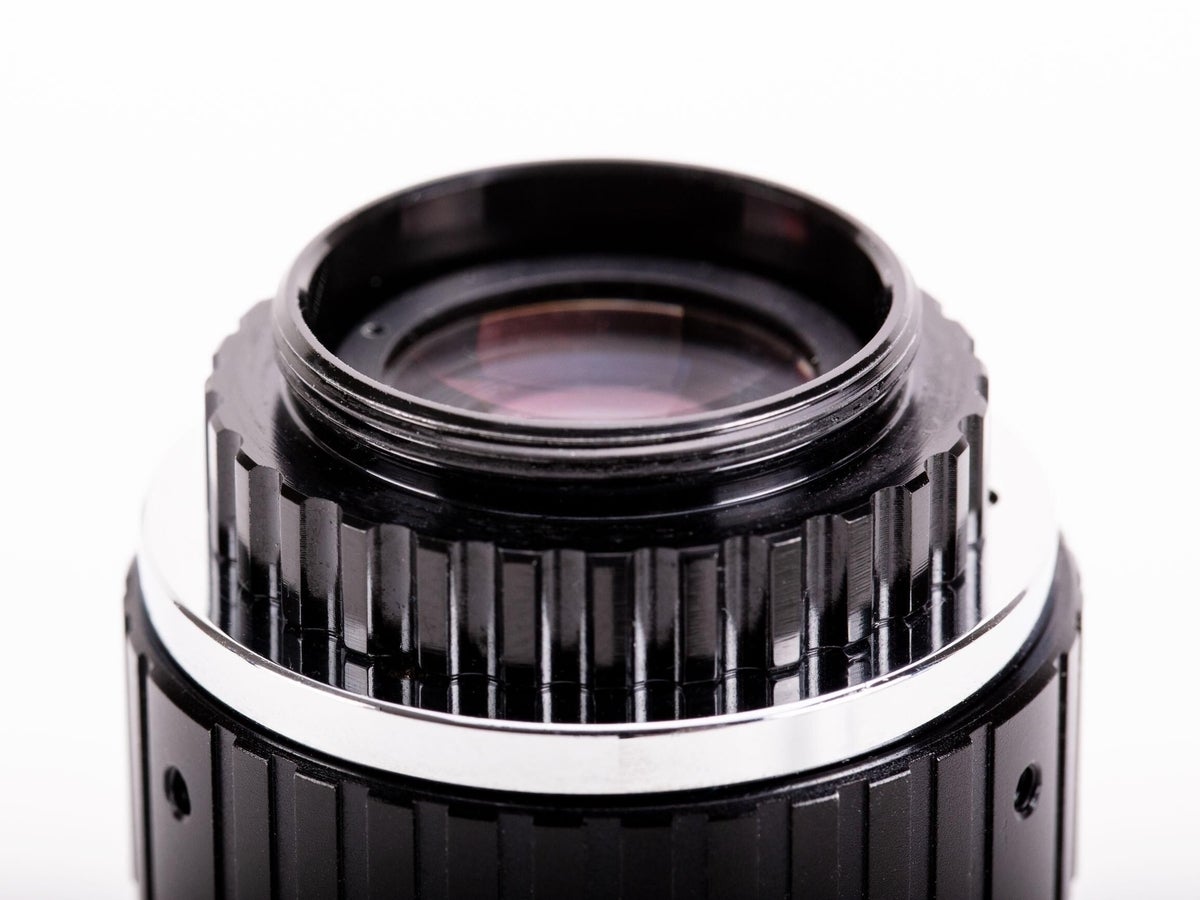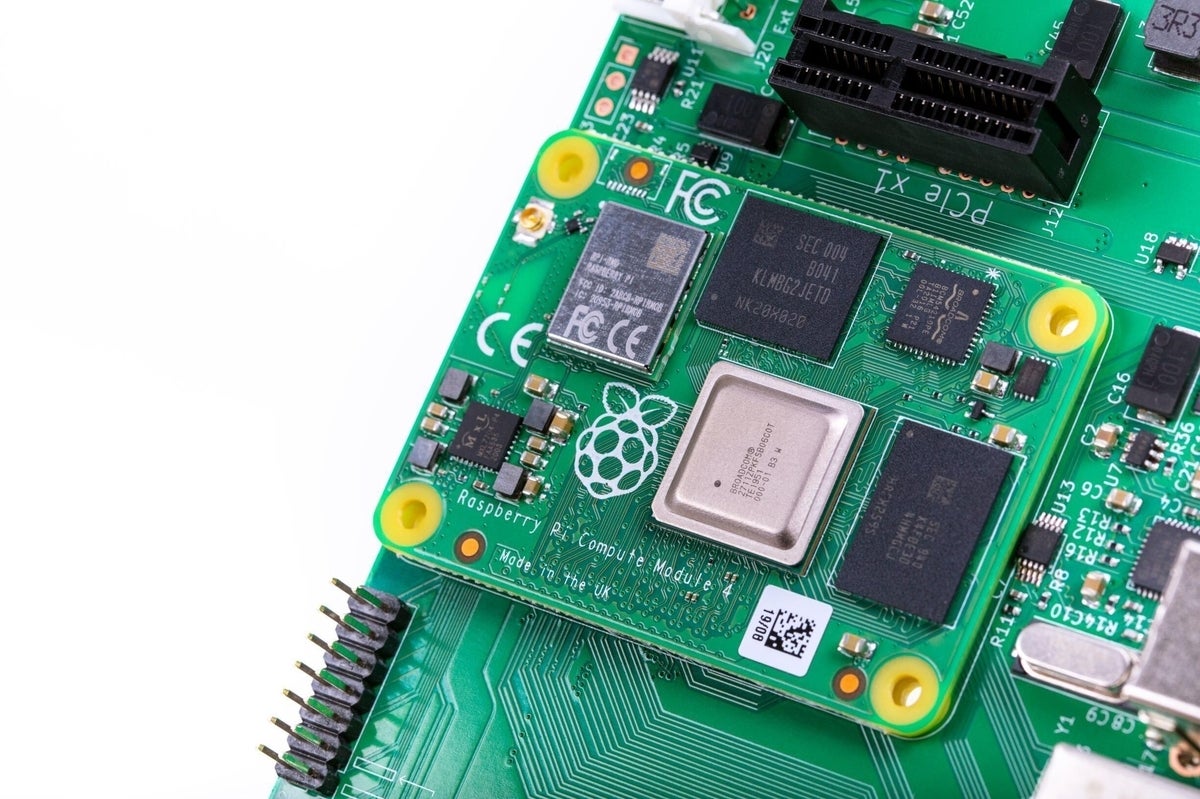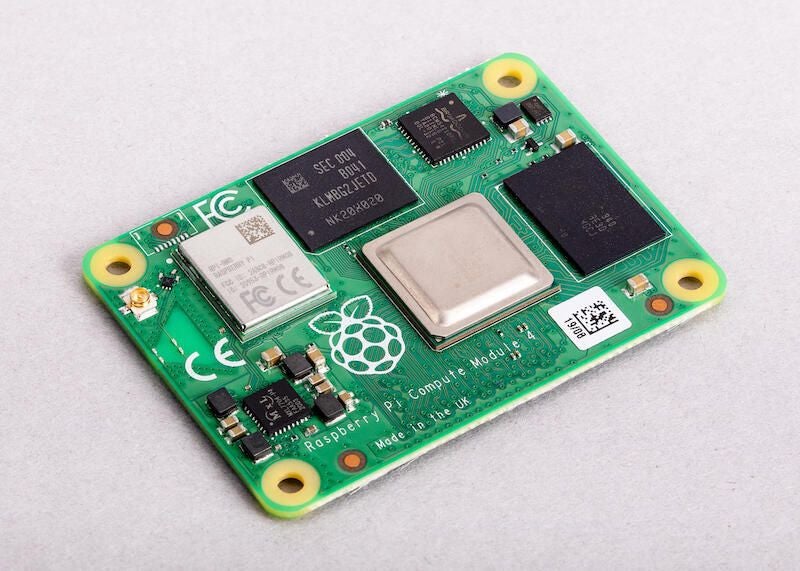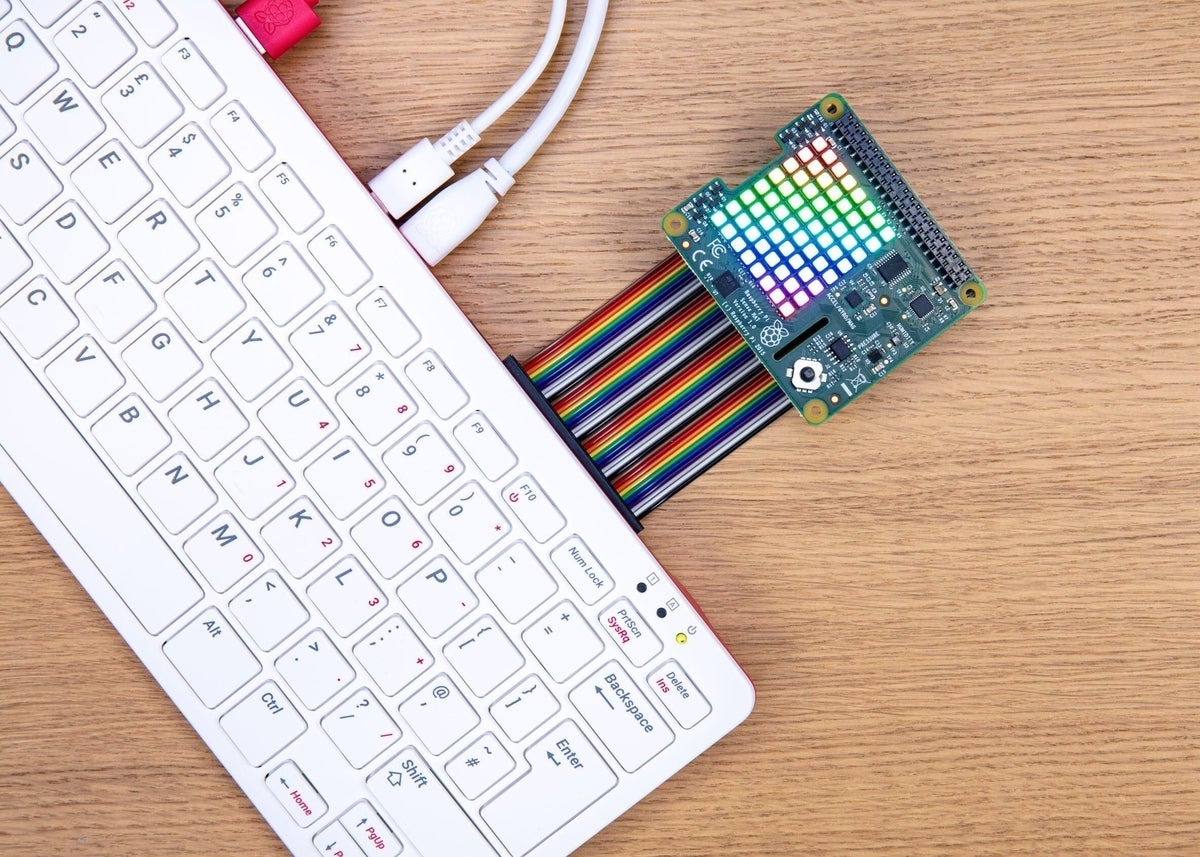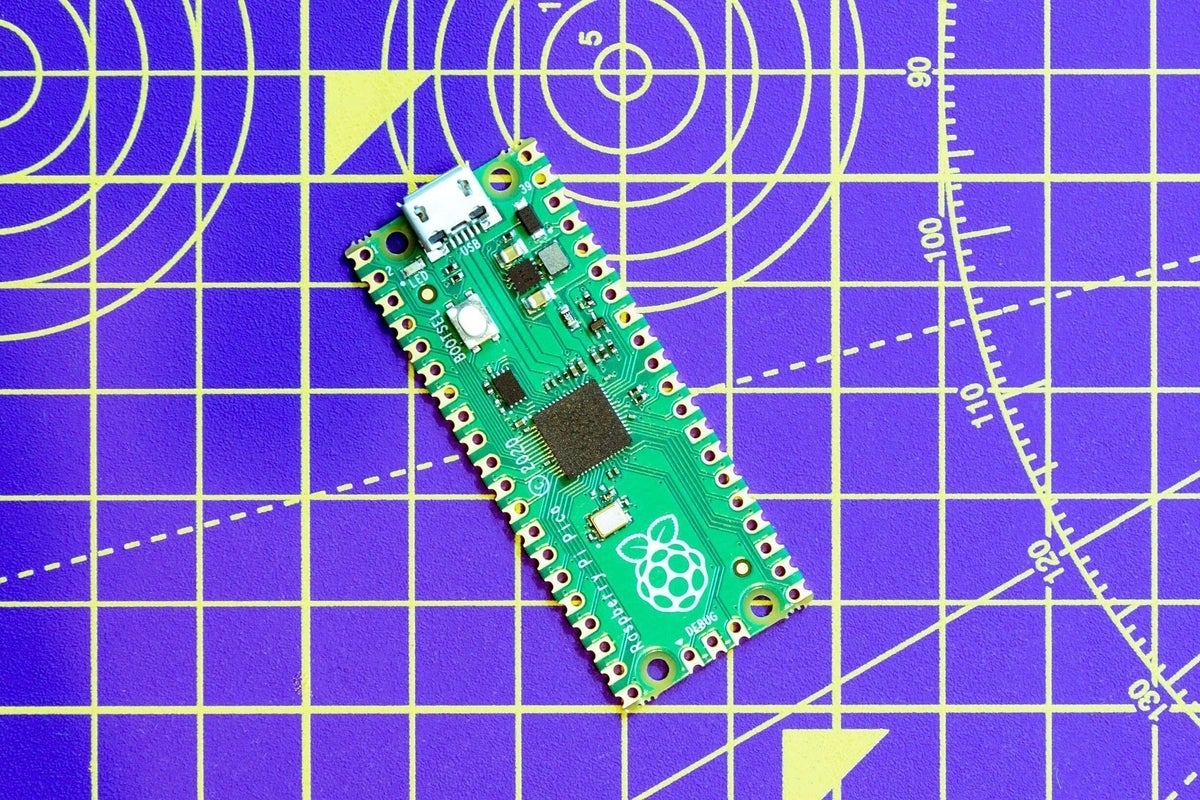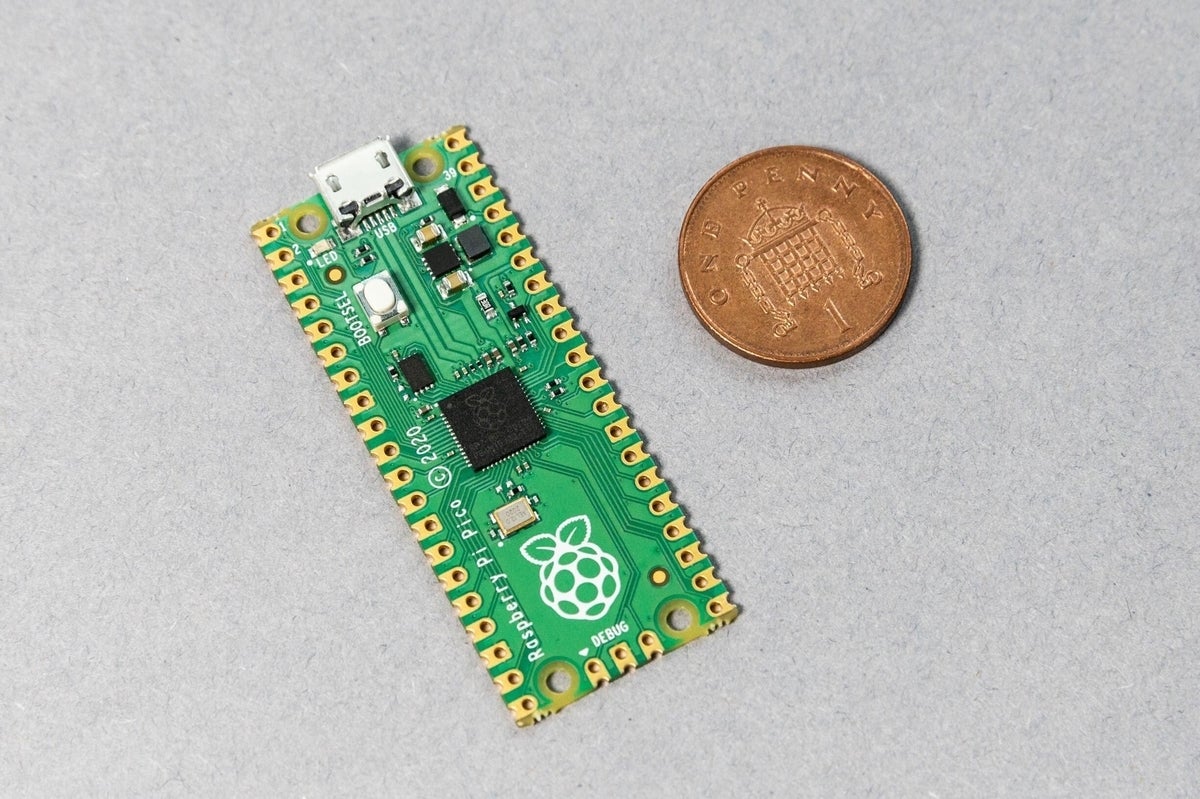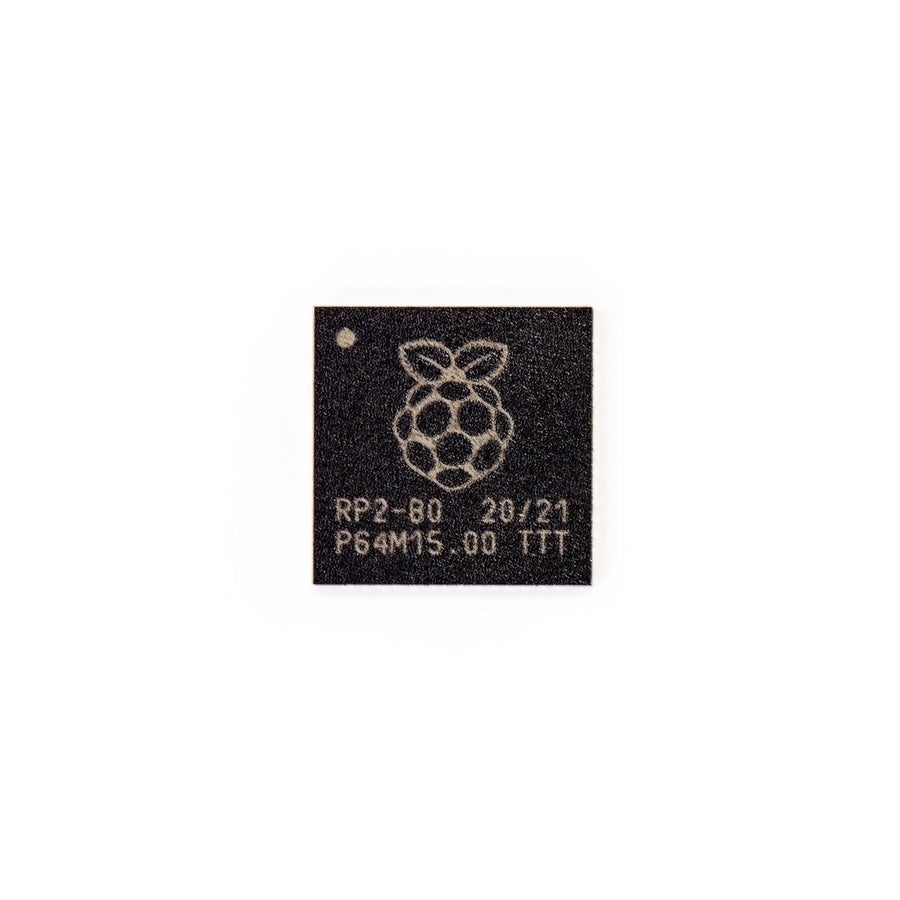Raspberry Pi: All the latest devices, from Pi 400 to Pico
Image 1 of 14
High Quality Camera
The High Quality Camera was the first new Raspberry Pi device of 2020. Featuring a 12.3MP Sony IMX477 sensor, the High Quality camera is a substantial upgrade from Raspberry Pi’s previous camera module, which was launched in 2016 and was built around the 8MP Sony IMX219 sensor.
SEE: Raspberry Pi: After launching five devices in less than a year, here’s what they’re doing next (cover story PDF) (TechRepublic)
High Quality Camera
Raspberry Pi’s latest camera module offers double the pixel area of the IMX219, as well as back-illuminated sensor architecture for better low-light performance and an integrated back-focus adjustment ring.
SEE: Raspberry Pi: After launching five devices in less than a year, here’s what they’re doing next (cover story PDF) (TechRepublic)
High Quality Camera
The High Quality Camera is compatible with Raspberry Pi models from the Pi 1 Model B onward that feature camera connectors. It supports off-the-shelf C and CS-mount camera lenses, and Raspberry Pi also sells interchangeable lenses.
SEE: Raspberry Pi: After launching five devices in less than a year, here’s what they’re doing next (cover story PDF) (TechRepublic)
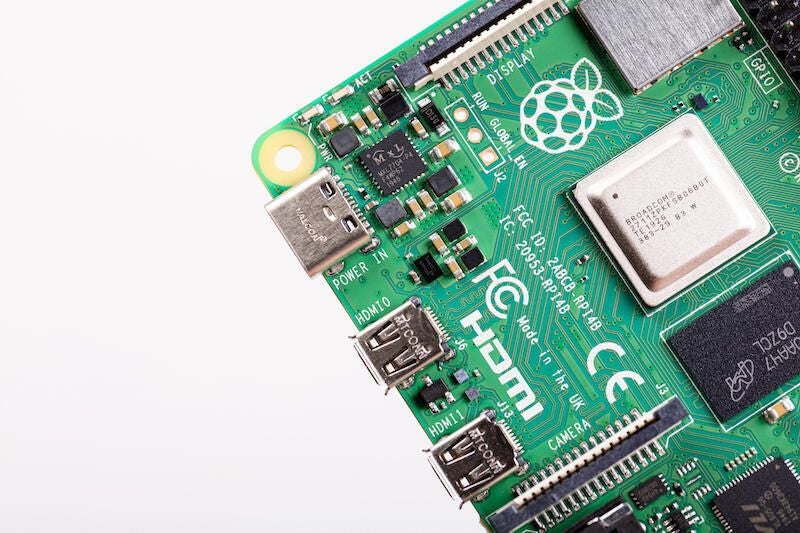

Raspberry Pi 4 Model B 8GB
Raspberry Pi 4 Model B 8GB
The latest upgrade to the flagship Raspberry Pi 4 Module B arrived in May, bringing in tow 8GB RAM – double that offered by the previous top-end model.
SEE: Raspberry Pi: After launching five devices in less than a year, here’s what they’re doing next (cover story PDF) (TechRepublic)
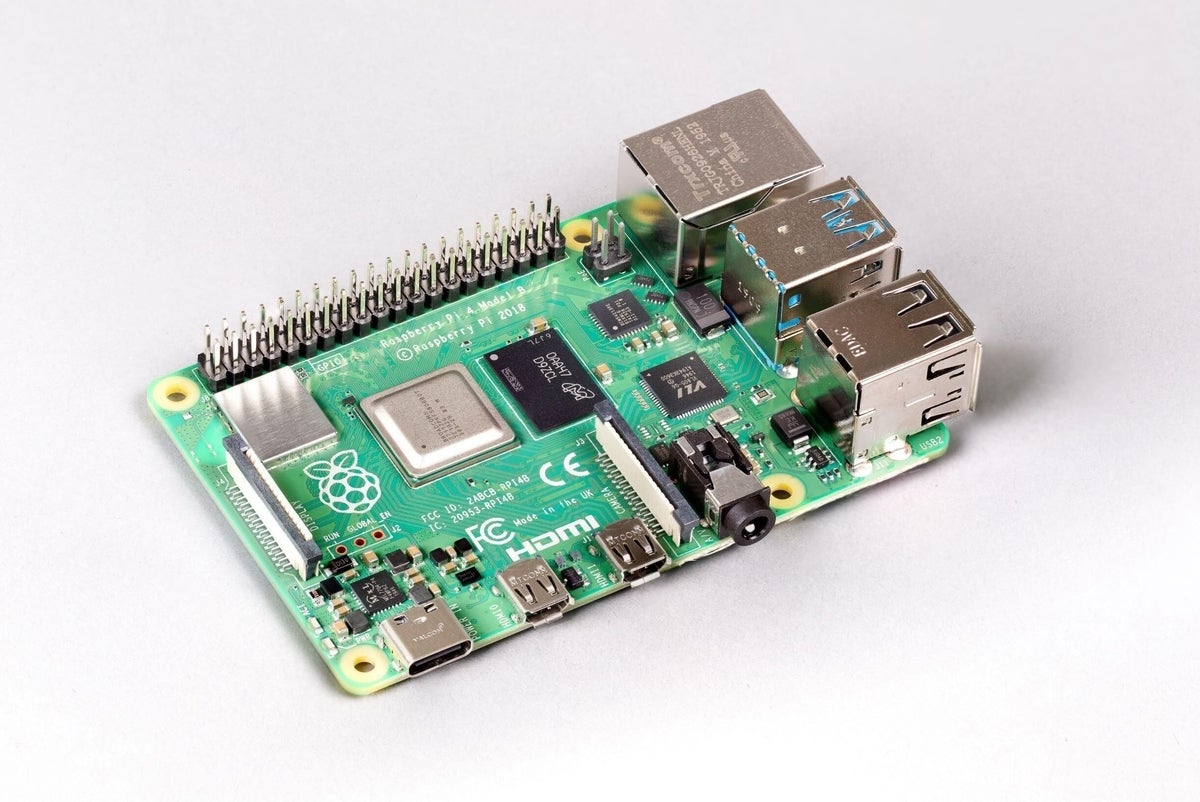

Raspberry Pi 4 Model B 8GB
Raspberry Pi 4 Model B 8GB
To support the higher power demands of the 8GB Pi 4 Model B, Raspberry Pi had to rearrange the power supply components, which involved removing a switch-mode power supply next to the USB 2.0 sockets and adding a new switcher next to the USB-C power connector.
SEE: Raspberry Pi: After launching five devices in less than a year, here’s what they’re doing next (cover story PDF) (TechRepublic)
Compute Module 4
The Raspberry Pi Compute Module 4 arrived in October 2020. The latest version of its system-on-module board is aimed at industrial and commercial applications.
SEE: Raspberry Pi: After launching five devices in less than a year, here’s what they’re doing next (cover story PDF) (TechRepublic)
Compute Module 4
Costing $25, the Compute Module 4 packs the same technical guts as the Raspberry Pi 4 Model B, but comes in a slimmer frame that makes it more suitable for industrial applications. The board is available in 32 different RAM, flash and wireless connectivity variants, from a 1GB ‘Lite’ option to a $90 variant packing 8GB RAM, 32GB flash storage and Wi-Fi support.
SEE: Raspberry Pi: After launching five devices in less than a year, here’s what they’re doing next (cover story PDF) (TechRepublic)
Raspberry Pi 400
An homage to the halcyon days of 8-bit home computers, the Raspberry Pi 400, launched in November 2020, takes the Pi 4 Model 4 and sticks it inside a keyboard, offering an accessible home-working and learning solution costing $70.
SEE: Raspberry Pi: After launching five devices in less than a year, here’s what they’re doing next (cover story PDF) (TechRepublic)
Raspberry Pi 400
The Pi 400 is inspired by the home computing devices of the 1980s, such as the ZX Spectrum, Commodore Amiga and BBC Micro. The device is designed to offer consumers a full PC experience in situations where desk space is limited, particularly families with schoolchildren.
SEE: Raspberry Pi: After launching five devices in less than a year, here’s what they’re doing next (cover story PDF) (TechRepublic)
Raspberry Pi Pico
Launched in January 2021, the Raspberry Pi Pico is the first microcontroller-class board from Raspberry Pi, as well as the first to be built around the company’s own custom silicon.
SEE: Raspberry Pi: After launching five devices in less than a year, here’s what they’re doing next (cover story PDF) (TechRepublic)
Raspberry Pi Pico
Whereas traditional Pi boards need to be paired with a microcontroller in order to control a physical device, the $4 Raspberry Pi Pico delivers a direct analog connection to the hardware, making it ideal for robotics and other ‘bare mental’ applications.
SEE: Raspberry Pi: After launching five devices in less than a year, here’s what they’re doing next (cover story PDF) (TechRepublic)
RP2040
The RP2040 is Raspberry Pi’s first in-house computer chip, featuring a 133MHz dual-core Arm Cortex M0+ CPU, 264KB of on-chip RAM and support for up to 16MB of off-chip Flash memory.
All of this is crammed into a diminutive 7 x 7mm package containing just two square millimeters of 40nm silicon.
SEE: Raspberry Pi: After launching five devices in less than a year, here’s what they’re doing next (cover story PDF) (TechRepublic)
RP2040
Due to high demand for the RP2040, Raspberry Pi announced in June that it was pulling 40,000 units destined for Pico boards out of the supply chain so it could boot up single-unit sales. The RP2040 is available now for $1 through approved Raspberry Pi resellers.
SEE: Raspberry Pi: After launching five devices in less than a year, here’s what they’re doing next (cover story PDF) (TechRepublic)
Eben Upton
Eben Upton, creator of Raspberry Pi and co-founder of the Raspberry Pi Foundation. Speaking to TechRepublic in March, Upton said a Raspberry Pi 5 was unlikely to be on the cards in 2021, with the company now funneling most of its efforts into bringing the latest software support to the Raspberry Pi platform.
SEE: Raspberry Pi: After launching five devices in less than a year, here’s what they’re doing next (cover story PDF) (TechRepublic)

-
-
Account Information
Contact Owen Hughes
- |
- See all of Owen's content


